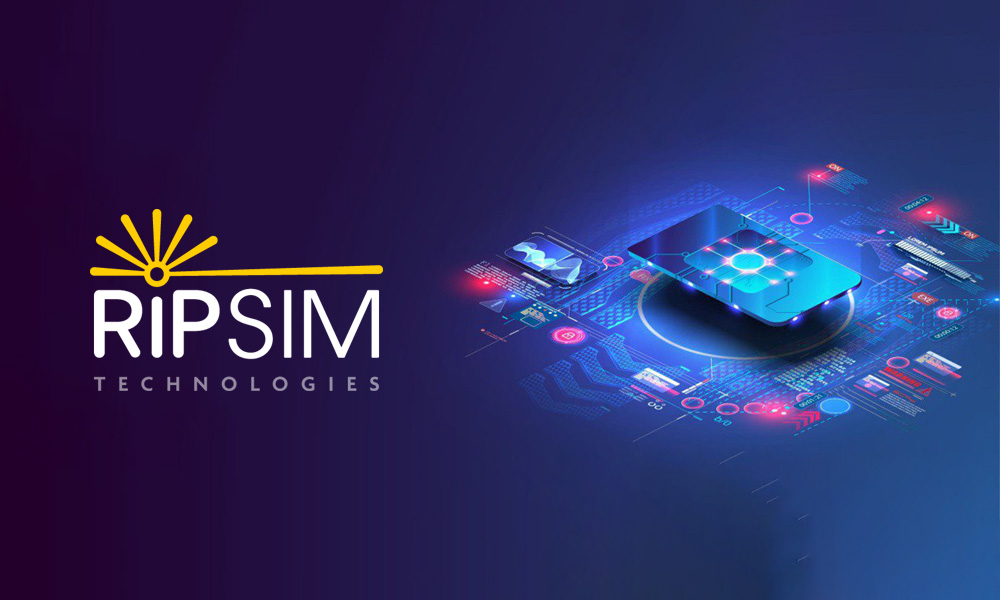Apple’s latest announcement—the iPhone Air—marks a pivotal moment in mobile technology. As the thinnest iPhone yet, the Air isn’t just a design triumph; it’s a signal that the era of the physical SIM card is drawing to a close. By removing the SIM tray and launching the first globally available eSIM-only iPhone, Apple has set in motion a change that will impact how people everywhere connect—and it’s a transition that RiPSIM is uniquely positioned to support.
Why the Shift to eSIM-Only Is a Big Deal
The move to eSIM isn’t just about aesthetics, though the advantages are clear: maximizing battery space, refining the device profile, and creating room for future innovations. More importantly, eSIM technology represents a meaningful shift in how users control and manage their mobile connectivity.
With eSIM, authentication details that once lived on a removable plastic card are now embedded directly into the device’s hardware. This shift means:
- You can download and activate a mobile plan in minutes—no store visit required.
- It’s possible to use multiple plans or numbers on a single device.
- There’s no risk of losing, damaging, or needing to swap out tiny SIM cards.
- Crossing borders or changing providers is simpler than ever, which is particularly appealing for today’s global citizens, business travelers, and remote workers.
The Apple Air’s eSIM-only policy is more than just a technical update; it’s a reflection of the growing maturity of eSIM infrastructure worldwide, making it easier for people in the US, Europe, Asia, Australia, Africa, and beyond to access instant, flexible connectivity.
The RiPSIM Perspective: Meeting Global Demand for Seamless Connectivity
For RiPSIM, Apple’s move to eSIM-only is a validation of the direction we’ve always believed in—a world where mobile users aren’t tethered to physical cards, carrier stores, or paperwork. We’ve worked to build a platform that makes this freedom tangible: enabling instant eSIM activation, managing multiple profiles, and supporting seamless transitions whether you’re at home or on the move.
Alongside flexibility, data protection is a core focus. RiPSIM employs encryption and secure protocols at every stage of the eSIM process. User credentials and network data are transferred and managed using secure channels, with authentication systems in place to reduce risks like unauthorized access or identity theft.
For individuals traveling or working across borders, and for organizations managing devices globally, the security of mobile identity is essential. By keeping user information protected as eSIM profiles are created, activated, or changed, the platform contributes to a safer mobile experience—not just convenience, but trustworthiness and resilience against fraud.
As adoption of eSIM-enabled devices grows, the importance of user-centered solutions that balance ease of use with strong privacy protections will only increase. RiPSIM’s platform is designed to give users true control over their connectivity:
- Straightforward switching between personal, business, or travel profiles.
- Real-time service activation.
- Access to international networks with a single device.
- Robust safeguards to keep every connection private and secure.
By focusing on flexibility, security, and ease of use, we aim to make the promise of eSIM a lived reality. And as the technology becomes a global standard, this user-first approach is what separates a good experience from a frustrating one.
Embracing the Future—with RiPSIM at the Center
The arrival of the eSIM-only iPhone Air is the strongest sign yet that mobile connectivity is becoming simpler, smarter, and more secure. RiPSIM’s mission has always been to make technology serve the user—removing barriers, unlocking mobility, and ensuring the integrity of your digital information wherever you go.
As more people discover the benefits of eSIM on devices like the Apple Air, companies like RiPSIM aim to support this transition—making it reliable, accessible, and secure for everyone. This change begins with Apple, but its impact will be felt across users, businesses, and communities worldwide, shaping a more connected future for all.
